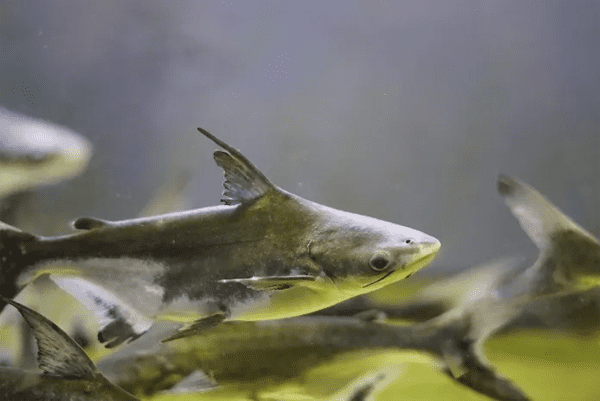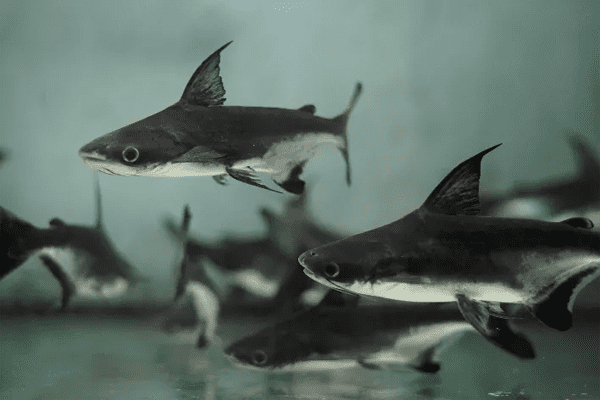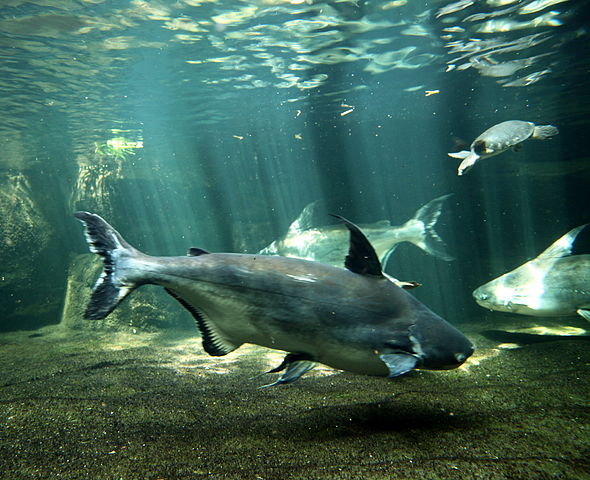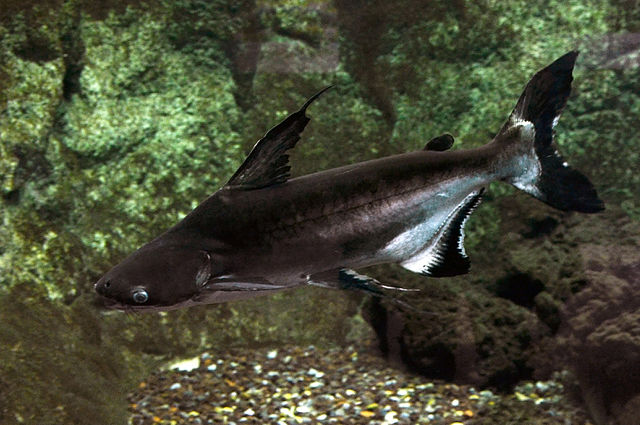The Genghis Khan fish is a native fish species of the Mekong and Chao Phraya rivers in Southeast Asia. It is a large carnivorous fish and the most ferocious fish in the entire Mekong and Chao Phraya rivers. It mainly feeds on crustaceans and fish. They are migratory. They usually spawn before the monsoon season.

Genghis Khan fish is a carnivorous fish. It can be mixed with large fish such as dragon fish, giant arapaima, paparazzi, pencil fish, etc. This fish is ferocious and should not be mixed with small fish and warm fish.
Genghis Khan fish are very strong, their muscles are very strong and their fat content is relatively low, unlike many other freshwater fish that are "puffy". Genghis Khan fish are very fast, their body structure is almost streamlined, and they look a bit like a smaller shark. There are almost no fish in the Mekong River that can match their speed.

In the case of the same body length, the one with the flatter head and the more sturdy body is the female, and the one with the thinner and slender body is the male. In addition, in most cases, the dorsal fin of males is obviously longer than that of females. At the same time, the dorsal fin of many female Genghis Khan fish will bend backward abruptly, while the dorsal fin of males will bend backward and upward in a relatively gentle arc.

Although Genghis Khan fish is also called Genghis Khan shark, it is not actually a shark. Unlike blue sharks, which usually can only swallow food smaller than themselves, Genghis Khan sharks eat everything they can eat, and even those they cannot eat.
Genghis Khan fish mature late, and can reproduce after 3-4 years of breeding and weight of more than 3kg. The breeding season is from April to September, and it is a once-a-year spawning fish.
Genghis Khan fish are very ferocious and bloodthirsty, but they also know how to keep a low profile. In most cases, this fierce fish only moves in the middle or lower waters of freshwater rivers. This can minimize the exposure of their targets and be hunted by humans. However, due to the small size of their wild population and the destruction of their living environment caused by human activities, wild Genghis Khan fish are extremely rare in my country. In the Mekong and Chao Phraya River basins, they are one of the main freshwater fishery resources. After a long period of hunting by humans, Genghis Khan fish did not escapeendangered fate.

Hunting giant catfish is often related to religious rituals, and some people use them as food. Some people also raise them as ornamental fish.
Listed in the second level of the "List of Wild Animals Under National Key Protection in China".
Protect wild animals and stop eating wild game.
Maintaining ecological balance is everyone's responsibility!